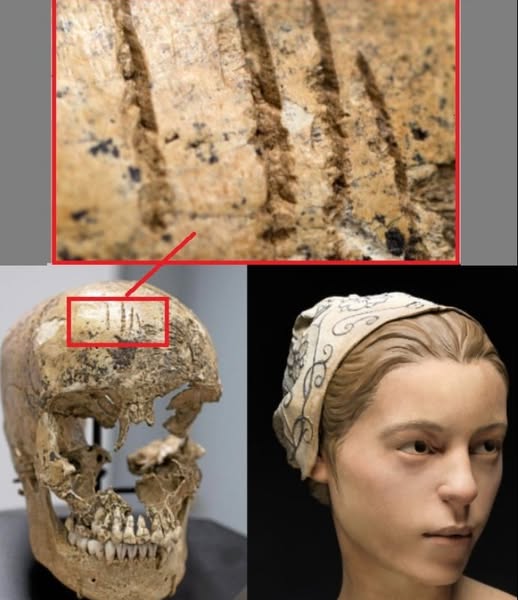Virginia, 1609. A Colony on the Brink.
Imagine the bitter chill of a Virginia winter over 400 years ago. The winds howl through crude wooden shelters, the food stores are empty, and the colonists once hopeful pioneers in a new world are now gaunt shadows of themselves. This was the “Starving Time”: a brutal and horrifying chapter in the early days of Jamestown, the first permanent English settlement in North America.

Between the fall of 1609 and the spring of 1610, the settlers faced a nightmare few could have imagined. Isolated, under siege, and entirely unprepared for the harsh reality of the New World, they endured famine, disease, and fear and were slowly devoured by them.
⚰️ A Grim Discovery Beneath the Soil
For centuries, stories of cannibalism in Jamestown were whispered, dismissed as exaggerations or propaganda. But in recent years, archaeologists working at the site unearthed something chilling: the partial remains of a 14-year-old girl, known now only as “Jane.”
Her skull bears unmistakable signs of post-mortem butchering marks made by someone desperate, someone attempting to salvage the last nourishment her body could offer. This isn’t fiction or folklore. It’s forensic truth, carved into bone.
Jane’s remains are now among the most powerful evidence that starvation drove colonists to the unthinkable not as savages, but as human beings brought to the very edge of survival.
🏹 Starvation, Siege, and Silence
The “Starving Time” was not caused by winter alone. The colonists faced a perfect storm of hardship:
- Food supplies from England were cut off
- The surrounding Powhatan tribes, angered by colonial aggression, placed Jamestown under siege, cutting off trade and escape
- Disease swept through the malnourished population
- And worst of all no sustainable plan for farming or survival had been established
By spring, only 60 of the original 300 settlers remained alive.
👁️🗨️ The Unseen Toll
Cannibalism was never recorded in official documents. To the settlers, it was a shame too great to admit. But the bones remember.
Archaeologists and historians now see Jane’s death not just as evidence of desperation, but as a symbol of the unimaginable pressures placed on people stranded in a hostile world, with no lifeline and no hope. What choices would any of us make, with nothing left but hunger and death?
🕯️ Echoes of Humanity in Its Darkest Hour
The story of the Starving Time is more than a tale of horror. It’s a reminder of fragility, of the thin line between civilization and chaos. But it’s also about the unyielding will to live, and the devastating cost of colonization, unpreparedness, and cultural collision.
As we uncover these buried truths, we must face them not with judgment, but with understanding. These were real people. Their choices were not born from evil, but from the abyss of desperation.
📜 History Isn’t Always Glorious But It Must Be Remembered
The bones in the Jamestown earth do not lie. They speak of suffering, survival, and the haunting complexity of the human spirit. Jane, and those like her, deserve more than a line in a textbook. They deserve our attention, our empathy, and our promise never to forget.
Leave a Reply